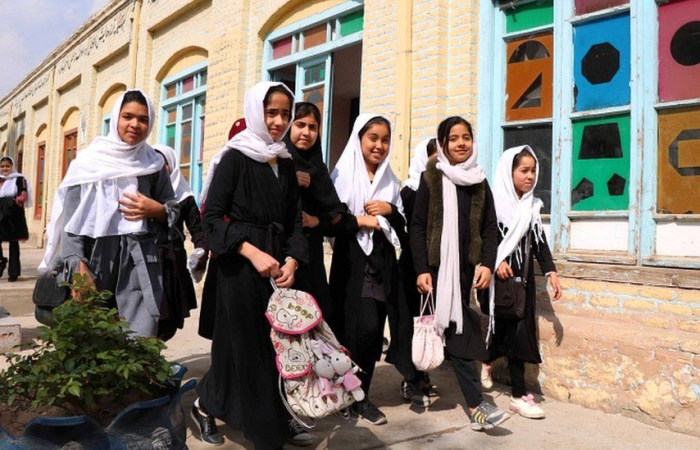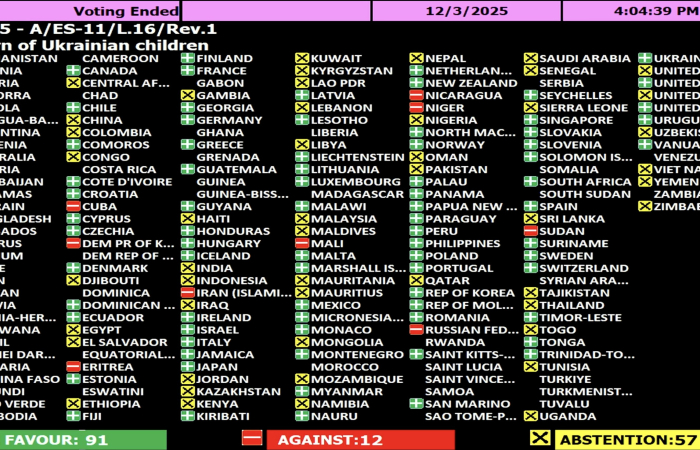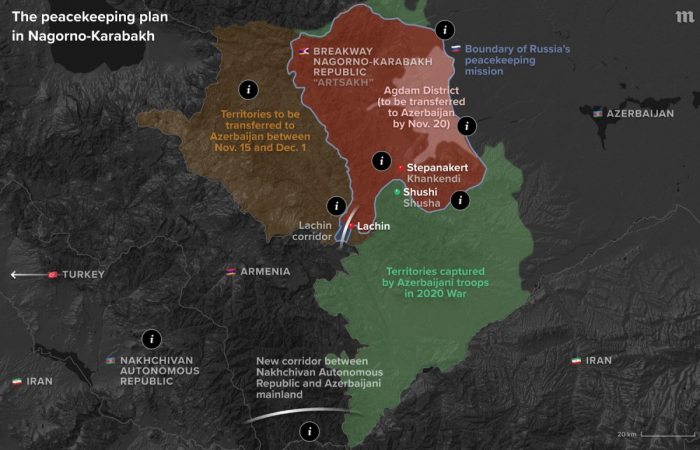Georgia's Prime Minister, Giorgi Kvirikashvili is a man with a plan. Kvirikashvili has emerged from the recent parliamentary elections, held on 8 October, energised and empowered, as he pushes forward an ambitious development agenda for Georgia which boldly claims will turn it into a prosperous and successful country.
Once the last part of the election process is out of the way on Sunday (30th October), Kvirikashvili will put together his new government. Kvirikashvili's Georgian Dream party is expected to have a comfortable majority in the new parliament, enabling the prime minister to push ahead with his plans without delay.
Throughout the campaign, whilst others squabbled on issues of dubious importance and relevance to the current Georgian reality, Kvirikashvili kept the focus on the economy, and the plan to give Georgia the necessary breakthrough needed to ensure its future prosperity.
Kvirikashvili's plan, which he speaks about often, entails four elements which includes new tax incentives and reforms, infrastructure plans, governance reforms and an overhaul of the education system.
The plan is hugely ambitious. On infrastructure for example it envisages that the Government will spend $3.5 billion to build and reconstruct roads and highways. What the Georgian government is calling the Spatial Arrangement Plan also includes rehabilitating railway stations, ports and tourist infrastructure. It also envisions new airports - all part of a strategy to turn Georgia into an international transit and business hub.
One of the most ambitious projects within the Spatial Arrangement Plan is the Anaklia Deep Sea Port project, which will create a new, faster maritime corridor between China and Europe, and help restore the historic Silk Road. The Anaklia Development Consortium, which has been entrusted with the project, will invest $2.5 billion USD and develop the Port on a build, operate and transfer basis, allowing larger ships to enter Georgian waters for the first time, thus expanding the country's export potential and ability to act as a trade corridor.
Observers of the Georgian political scene say that this is the first time in modern Georgian history that a government is making the economy the most important aspect of its policy, approaching it with a holistic plan. Georgia needs this. In many respects the Georgian economy has been underperforming - lacking investment and good management, as well as the sound legal framework necessary for both. All this is now being redressed. The extensive and speedy reforms that Georgia has been implementing as part of the process of becoming an EU Associate state provide a very good basis on which the new economic plans can be founded. Results may not be immediate, but already positive signs can be seen. Georgia's economic growth is estimated by the IMF to reach 3.4 percent in 2016, and 5.2 percent in 2017.
Trade between Georgia and EU countries between January and September 2016 reached $2.5 billion. The latest figures from the National Statistics Office of Georgia (Geostat) showed external trade turnover between Georgia and EU countries grew 10 percent year-on-year. Increasing exports, especially in areas such as agriculture, is going to be crucial if Georgia's ambitions plans are to succeed.
All this is not only good news for Georgia, but also for the whole region. Both Armenia and Azerbaijan are facing tough decisions as they deal with economic challenges. In Azerbaijan the sudden and sharp fall in the price of oil has forced the government to do some hard thinking on the country's future economic model. The cushion that the oil revenues had provided over the last decade is no longer there. The Azerbaijani economy needs to grow fast if a slump is to be avoided. At the moment it is shrinking due to a sharp decline in the construction industry
In Armenia the economy faces serious structural problems, and the new prime minister has a big task in front of him as he tries to implement reforms which will require destroying the monopoly on sectors of the economy enjoyed by people close to the government.
Georgia in many ways offers a vision for the two countries - one that cannot be copied into the completely different governance and economic models that exist in Armenia and Azerbaijan, but one which still can inspire.
But Georgia may also, in the foreseeable future, be able to provide the region with the economic stimulus that it desperately requires. Investors like project clusters, and those investing in Georgia are likely to look at options in neighbouring countries too. An improved infrastructural framework in Georgia will also greatly help both Armenia and Azerbaijan to send their exports to international markets. The current regional situation, resulting from the ongoing conflict between Armenia and Azerbaijan on Nagorno-Karabakh, does not allow a normal regional co-operation arrangement, which the South Caucasus needs and deserves, to emerge yet. Georgia however should set its sights on ambitious bilateral economic co-operation agreements with the two countries, introducing as much as possible common elements in both agreements that in due course can form the basis on which a regional framework can be based. This will require, time , patience and some resources, but the Georgian government may find that this is one investment that it cannot do without.
source: Caucasus Concise Analytical Team
photo: Georgian Prime Minister Giorgi Kvirikashvili, addressing an investment forum in London in May 2016 (picture courtesy of the press service of the Prime Minister of Georgia).






